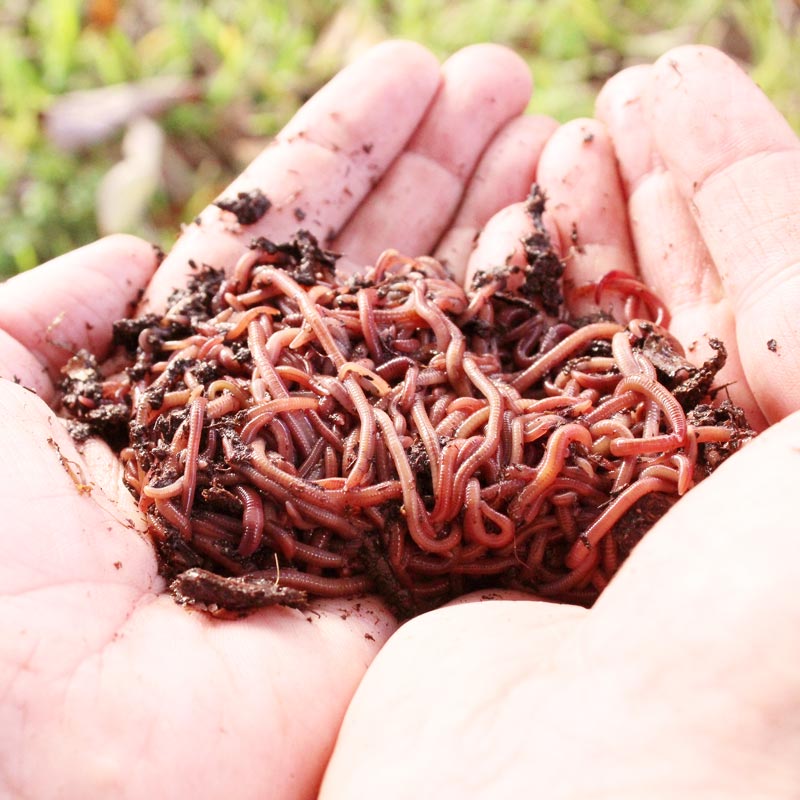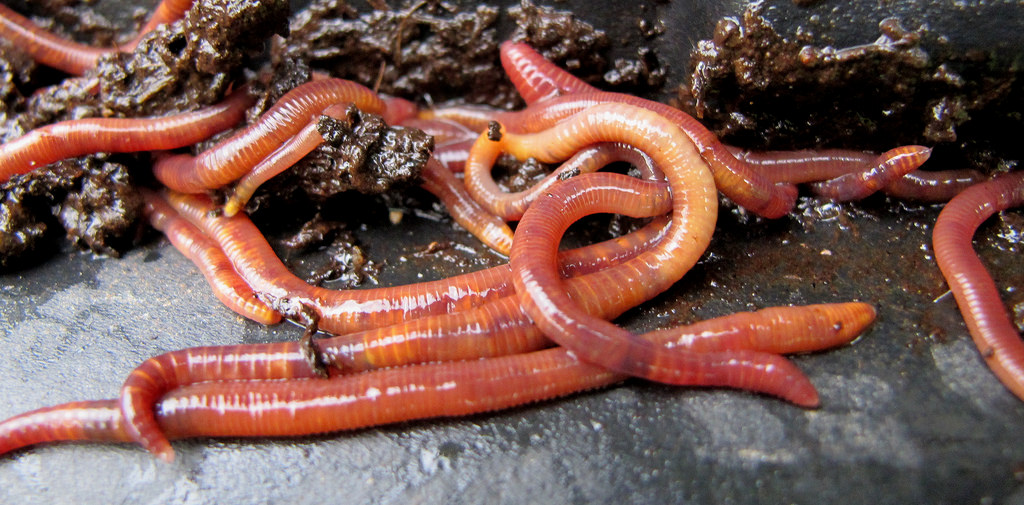Maximize Lawn Growth with Quality Products from Red Wiggler Express
Maximize Lawn Growth with Quality Products from Red Wiggler Express
Blog Article
Red Wigglers: The Unsung Heroes of Organic Waste Recycling
Red wigglers, or Eisenia fetida, offer as important agents in the organic waste reusing process, changing disposed of materials right into useful vermicompost. As the world significantly seeks solutions to battle waste build-up and improve farming efficiency, understanding the duty of these worms becomes essential.
What Are Red Wigglers?
The exceptional durability of red wigglers, medically understood as Eisenia fetida, underscores their critical role in natural waste recycling. These little, reddish-brown earthworms are typically discovered in breaking down raw material, such as garden compost piles and manure lots. Lake Hickory Bait. Unlike various other earthworm species, red wigglers prosper in nutrient-rich environments and are extremely reliable at breaking down natural materials, making them necessary for vermicomposting

(Lake Rhodhiss Bait)In enhancement to their role in waste reduction, red wigglers add to dirt wellness by boosting soil framework and oygenation via their burrowing activities (Lake Hickory Bait). Their existence in composting systems not only improves decay prices yet additionally advertises a lasting strategy to waste management, illustrating their significance in environmental conservation efforts
Benefits of Composting With Worms
Composting with worms, especially red wigglers, provides various advantages that enhance both waste management and soil health. These worms effectively break down natural waste, converting it into nutrient-rich vermicompost that improves dirt. This process increases decomposition, allowing for a faster recycling of cooking area scraps and various other organic materials compared to traditional composting approaches.
In addition, the vermicompost generated by red wigglers is including valuable microbes, which assist enhance dirt structure, oygenation, and dampness retention. This improves the overall wellness of plants, advertising vigorous development and boosted yields in gardens and farming settings. The use of worms in composting minimizes the manufacturing of greenhouse gases, such as methane, contributing to an extra sustainable waste management system.

Exactly How to Beginning Vermicomposting
Developing Red Wiggler Express a vermicomposting system is a straightforward process that can produce substantial advantages for both waste monitoring and dirt enrichment. To begin, select a suitable container, such as a plastic bin or wooden box, with appropriate air flow openings to make certain correct airflow. The dimensions should ideally be around 2 feet by 3 feet, allowing ample space for the worms to thrive.
Next, prepare bedding product, which can contain shredded newspaper, cardboard, or coconut coir. This bedding should be moistened to create an ideal environment for the worms. As soon as the bed linens remains in area, present red wigglers (Eisenia fetida) into the bin, usually around one pound of worms for every square foot of surface area.
Adhering to the placement of worms, include natural waste, such as vegetables and fruit scraps, coffee grounds, and crushed eggshells. Avoid including milk, meat, or oils, as these can produce odors and attract pests. Ultimately, place the bin in a shaded, temperature-controlled area to keep ideal conditions for worm activity. With these actions, you will successfully initiate a vermicomposting system that adds to lasting waste administration and enhances your dirt.
Keeping a Healthy Worm Bin
(Lake Hickory Bait)Keeping a worm bin thriving needs regular interest and treatment to make sure the health of the red wigglers and the effectiveness of the composting procedure. Appropriate upkeep begins with checking the moisture degrees; the container ought to perspire but not saturated. A good guideline is to maintain a consistency comparable to a wrung-out sponge.
Aeration is vital. Gently mixing the bed linen and food scraps every couple of weeks avoids compaction and makes sure that all worms have accessibility to oxygen. Additionally, it is necessary to feed the worms appropriately. A balanced diet regimen of vegetables and fruit scraps, coffee grounds, and smashed eggshells need to be provided in small amounts to stay clear of overfeeding, which can result in odors and bugs.
If the bin becomes also warm or chilly, the worms may become worried. By faithfully taking care of these aspects, one can preserve a robust and effective worm container.
Effect On Sustainable Living
The effective upkeep of a worm bin not just profits the health and wellness of red wigglers but additionally contributes substantially to sustainable living techniques. By reusing organic waste, such as kitchen scraps and backyard debris, red wigglers aid draw away substantial quantities of material from landfills. This decrease in waste not only lowers greenhouse gas discharges but additionally reduces the ecological problem connected with waste monitoring.
Additionally, the castings generated by red wigglers work as a nutrient-rich natural fertilizer, boosting soil wellness and promoting plant development. This natural alternative to chemical plant foods supports sustainable agriculture and gardening techniques, decreasing dependence on synthetic inputs that can damage communities. Furthermore, worm composting fosters awareness of waste management, motivating people and neighborhoods to adopt even more lasting practices.

Verdict
In recap, red wigglers work as vital contributors to organic waste recycling through their efficient decomposition of organic products. Their capacity to generate nutrient-rich vermicompost boosts dirt wellness and sustains lasting farming methods. By integrating vermicomposting into waste administration techniques, individuals and communities can considerably decrease waste while promoting environmental sustainability. The role of Eisenia fetida in cultivating healthy and balanced ecological communities emphasizes the value of these microorganisms in accomplishing sustainable living and enhancing dirt fertility.
Report this page